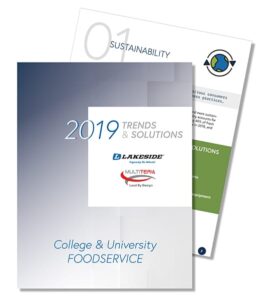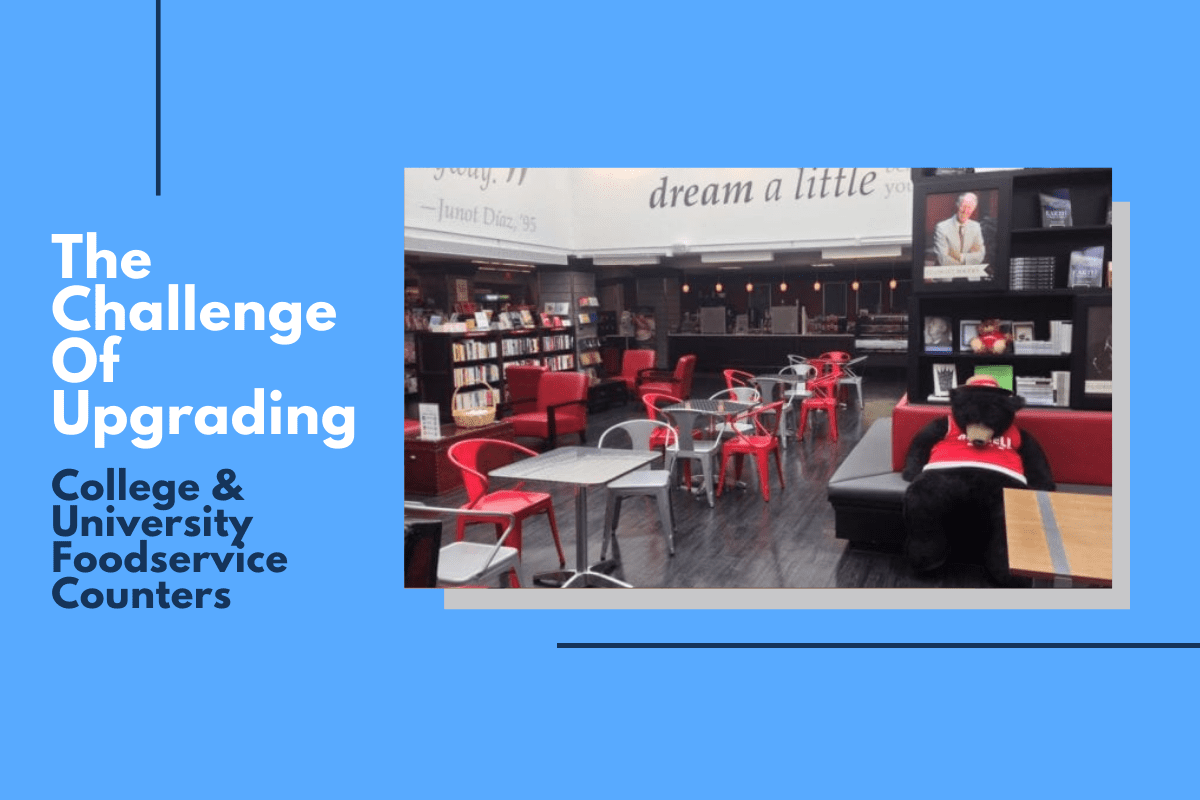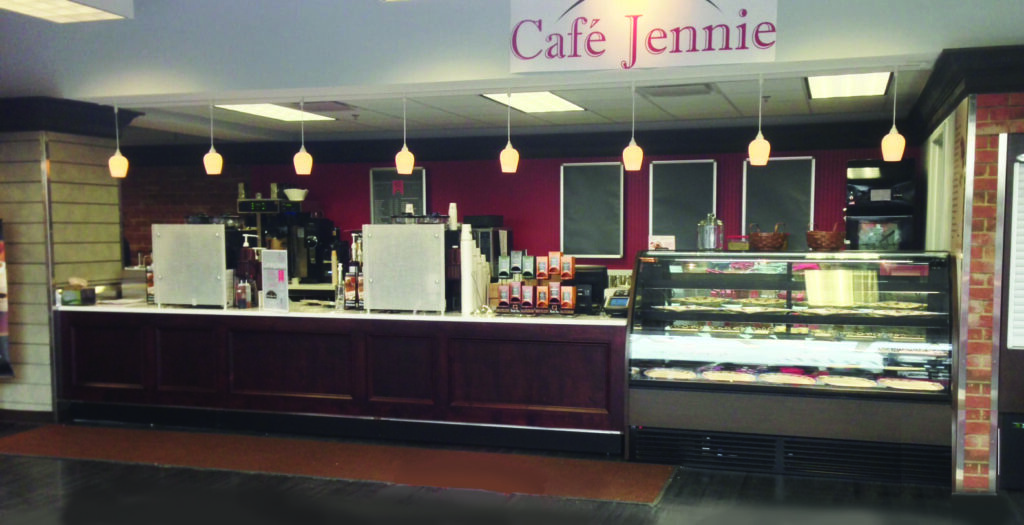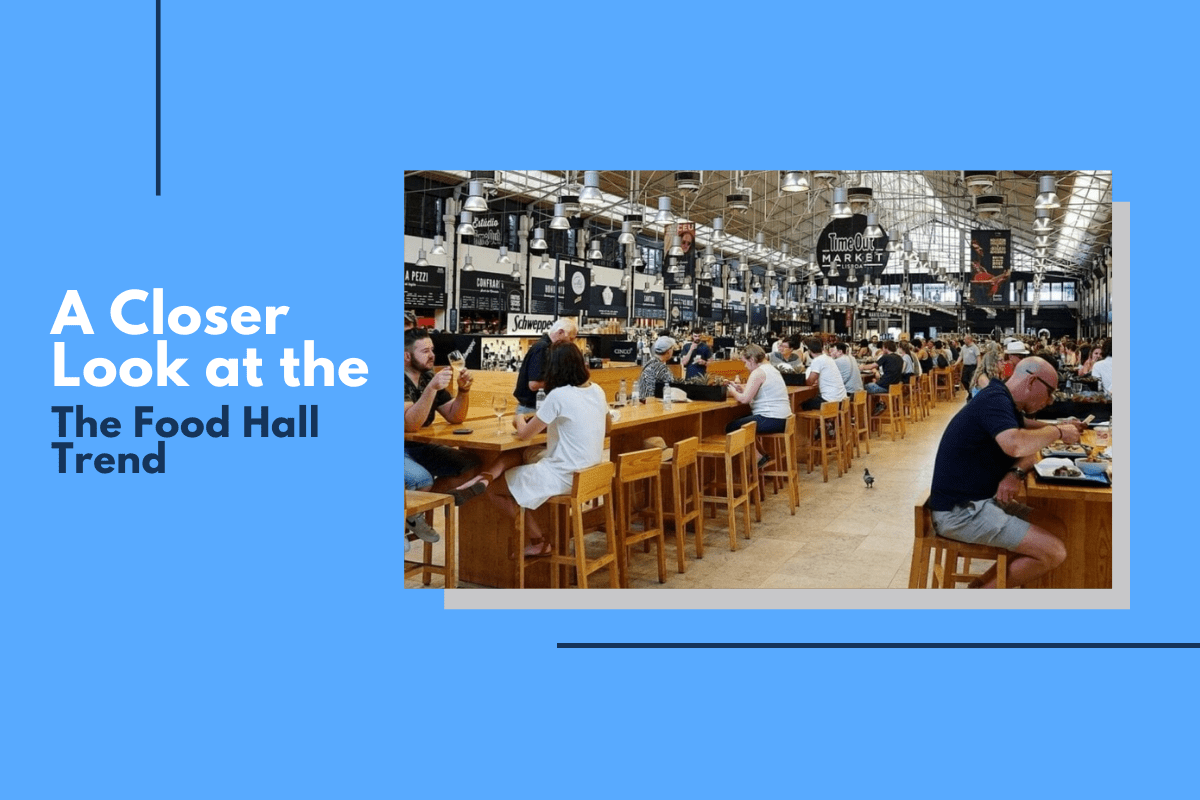
More than just about any other industry, foodservice tends to change in shorter periods of time.
Changes in college and university foodservice operations are no different. Like restaurants, hospitality, and other types of foodservice operations, college campuses are prone to trends, shifts in demographics, and all the other factors that impact our industry.
So what are the influences that are changing the landscape of college and university foodservice? What do directors need to consider to stay ahead of these changes? And, ultimately, what can programs do to keep students on campus for dinner?
Let’s take a quick look at a few ideas:
CHANGING DEMOGRAPHICS MEAN CHANGING MENUS.
As we’ve already detailed in a different blog, demographics are changing on college campuses. With a more divergent student body population stemming from a more diverse nation, in addition to the numbers of international students many colleges and universities host, menus need to reflect the demographics of those they serve. To generate more relevant and appealing menus, use a survey to help understand where your students are coming from and what they prefer to eat.
Beyond ethnic preferences, directors also need to consider health challenges. Religious dietary restrictions as well as the rise of food allergies, intolerances and food-related illnesses like Celiac disease makes it imperative that foodservice operators provide ingredient-sensitive options for those students who can’t eat certain foods. Gluten free, nut free, dairy free, and dietary restrictions aren’t just a matter of preference. They can actually be a matter of safety and well-being.
LABOR IS A HUGE CHALLENGE.
It’s becoming harder to find, train, and retain great foodservice employees. This also holds true for college cafeterias and dining halls. Sure, there’s always a pool of college students looking to pay tuition or just wanting some extra spending money, but often they can make more by working in the restaurant across the street.
To make jobs more appealing, C&U operators have become very creative in offering benefits for working on campus. Many schools offer free meals, discounted meal plans, scholarship opportunities as well as career incentives and student management programs.
Increasingly, technology is also playing a huge role in spearheading these challenges. From online ordering and delivery, to digital touchscreen menus on-site, technology and automated kitchens are helping operators deal with these various new labor challenges.
STUDENTS DEMAND TRANSPARENCY AND SUSTAINABILITY.
Today’s student populations are more connected to their food supplies than ever before. They care about where food comes from, how it’s grown or raised, and how it impacts the environment as a whole. Health is a keyword when it comes to today’s students, but it can be taken in different contexts. Health means eating healthier foods such as a more vegetarian-focused diet, as well as environmental health in reducing the impacts dining can have.
“They [students] care about where food comes from, how it’s grown or raised, and how it impacts the environment as a whole. Health is a keyword when it comes to today’s students, but it can be taken in different contexts.
AFFORDABILITY WILL ALWAYS MATTER.
There’s an oversimplified way to look at college and university foodservice, but it’s true nonetheless. The more a university invests in its foodservice delivery, the better its service will be. At the same time, it’s extremely challenging to keep foods affordable.
General convictions say a college should keep foods as low-cost as possible in order to accommodate student populations, but because of some of the menu preferences and requirements listed above, operations are not always as low-cost as they used to be.
One way to combat this is to provide levels of service that not only speak to a diverse student body, but also to the locations and the times that students are able to eat. To meet these student dining demands, it’s important to utilize other profit centers like on-campus convenience stores or grab-n-go kiosks. Adjusting services and hours of operation during different day-parts is another way to control costs and still provide the services expected.
There are many factors that are already impacting college and university foodservice. Be sure to download your copy of our College and University Trends Report that lists all of the top trends you can expect in the 2019-2020 school year.
Lakeside and Multiteria have researched six other trends that will be important to colleges and universities in the 2019-2020 school year. Download your free copy today to stay on top of the latest ideas and innovations that will help you maintain a first-class foodservice operation!














